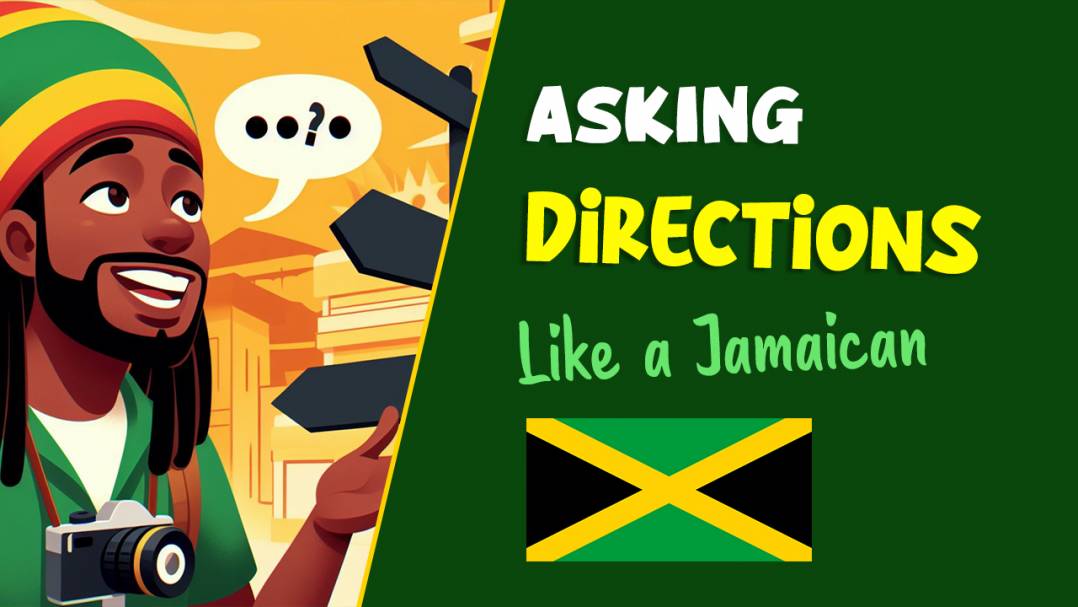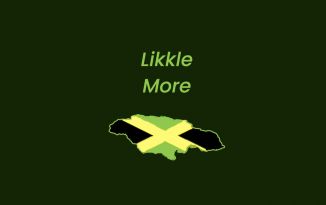Asking for directions in Jamaican Patois can be challenging, especially in rural areas where street names are not commonly used and landmarks are more important. You may also encounter different spellings and pronunciations of the same word or place, depending on the region and the speaker. Therefore, it is important to learn how to ask for directions in Jamaican Patois and how to understand and follow them.
The table below shows some of the common phrases and expressions that you can use when asking for directions in Jamaican Patois, along with their English translations.
| English | Jamaican Patois |
|---|---|
| Which road should I take? | A which road mi fi tek? |
| I'm trying to find the nearest supermarket | Mi a try find di nearest supermarket |
| I want to go to the beach. Do you know where it is? | Mi waan gah di beach. Yu know weh it deh? |
| How far is it? | A how far it deh? |
| Can you give me directions? | Yu can gi mi directions? |
| Where should I walk | A Which part mi fi walk |
The table below shows some of the common phrases and expressions that you can use to understand and follow directions in Jamaican Patois, along with their English translations.
| English | Jamaican Patois |
|---|---|
| It is on your right hand side | It deh pan ur rite han side |
| Around the corner | Roun di kaanah |
| Down the road | Dung di road |
| It is on your right hand side | It deh pan ur rite han side |
These are some of the basic phrases and expressions that you can use when asking for directions in Jamaican Patois. Of course, there are more variations and nuances that you will encounter as you practice and interact with native speakers.
The best way to learn and improve your Jamaican Patois skills is to expose yourself to authentic sources of the language, such as music, podcasts, videos, and online dictionaries and translators. You can also join online communities and forums where you can interact with native speakers and other learners.
We hope you enjoyed this blog post and found it useful. If you did, please share it with your friends and colleagues who might be interested in learning Jamaican Patois. And if you have any questions or comments, please leave them below. We’d love to hear from you.





